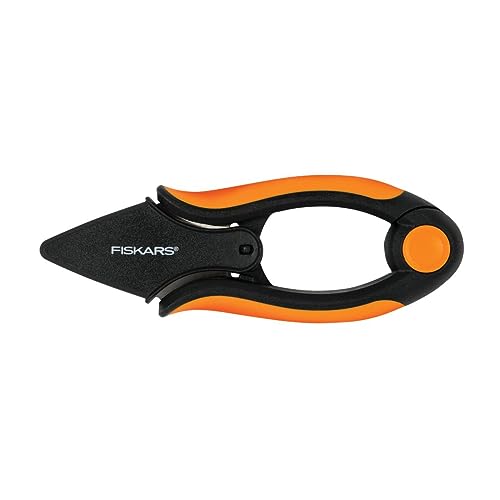How to cut oregano so it keeps growing – to get more out of this aromatic herb
This hardy herb is a reliable choice for kitchen gardens, but how can you encourage more growth when harvesting? Here's what you need to know


The windowsill in my kitchen has turned into my very own mini herb garden, as I like to reap the reward of cooking with homegrown herbs. In my time of experimenting with growing herbs, I've learnt you can extend the life of these edible plants by harvesting them in a particular way.
Whether you have an outdoor herb garden or, like me, have created your own indoor herb garden, growing oregano is a great choice. This pungent herb has a peppery, bitter taste that makes it popular in a wide range of dishes. It's easy to grow from seed and when harvested correctly, it will keep growing back for some time before dying back in winter.
If you're new to growing your own herbs or perhaps have previously thrown out your oregano plant because it stopped being productive, then look no further. I've put together a guide on how to cut oregano so it keeps growing back, so that you can enjoy yours for longer.
How to cut oregano so it keeps growing
Oregano is a perennial herb that will keep returning year-on-year from spring onwards, so long as it's kept in optimal growing conditions: plenty of sunlight and consistent moisture levels. While it's normal for this herb to die back in winter, you can get more out of it during its active growth season if you cut it correctly. Here's everything need to know.
How to harvest oregano to keep it productive

Repeat harvests come down to cutting your herbs correctly, whether you're growing herbs in pots or borders. Luckily, you can't go too wrong with oregano.
'Our oregano plant always grows back no matter how we cut it,' says Bill McDorman, horticulture expert and co-founder of Rocky Mountain Seed Alliance. 'But to manage it, I recommend picking from a level that is not too short - aim for one foot or so, depending on the plant, and cut it evenly,' he adds.
To encourage your oregano to produce new growth, it's best to harvest from stems that are longer in length, as Bill notes. You should also cut from the top, leaving at least two inches above the soil. Taking too much of the plant is a common herb gardening mistake that leaves plants in shock and causes many herb plants die off prematurely - in general, never take more than a third of your plant at a time.
Design expertise in your inbox – from inspiring decorating ideas and beautiful celebrity homes to practical gardening advice and shopping round-ups.
As for where to cut oregano, you should snip just above a set of leaves. This is where new growth will emerge.
'I would also recommend harvesting the leaves before they go to flower in late-summer to mid-fall, so fresh ones grow back,' says Bill.
Your oregano cutting kit
FAQs
How long do oregano plants last?
Unlike shorter-lived herbs, like basil and cilantro, oregano is a reliable herb to grow in your kitchen garden that can last for decades. This perennial is quite hardy, growing best across US hardiness zone four to zone 10, and will grow from spring through to fall before dying back in winter and then returning again on woody stems. 'Oregano plants tend to grow back year after year. My wife and I have been in the same place for 20+ years and our plant always comes back,' says Bill McDorman, horticulture expert and co-founder of Rocky Mountain Seed Alliance.
Another way to keep your oregano plant productive is by dividing it. It's one of the best herbs to divide in October, leaving you with new growth and an extra oregano plant to grow. Make sure to continue providing optimal care for your oregano plants, as this forms the very basis of its continued growth.

Tenielle is a Gardens Content Editor at Homes & Gardens. She holds a qualification in MA Magazine Journalism and has over six years of journalistic experience. Before coming to Homes & Gardens, Tenielle was in the editorial department at the Royal Horticultural Society and worked on The Garden magazine. As our in-house houseplant expert, Tenielle writes on a range of solutions to houseplant problems, as well as other 'how to' guides, inspiring garden projects, and the latest gardening news. When she isn't writing, Tenielle can be found propagating her ever-growing collection of indoor plants, helping others overcome common houseplant pests and diseases, volunteering at a local gardening club, and attending gardening workshops, like a composting masterclass.


